|
|
|
|
Species Photo Gallery for Colladonus furculatus No Common Name 12 |
 | Photo by: Ted Wilcox
Watauga Co.
Comment: Landed on my wife's leg gaiter while hiking om the MST on BRP. |  | Photo by: Ted Wilcox
Watauga Co.
Comment: Landed on my wife\'s leg gaiter while hiking om the MST on BRP. |
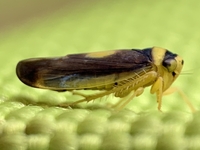 | Photo by: Ted Wilcox
Watauga Co.
Comment: Landed on my wife\\\'s leg gaiter while hiking om the MST on BRP. | 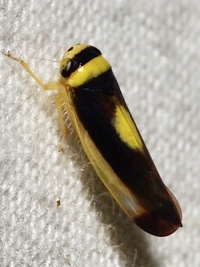 | Photo by: Merrill Lynch
Watauga Co.
Comment: Came to uv light sheet on my porch |
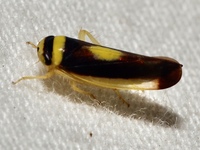 | Photo by: Merrill Lynch
Watauga Co.
Comment: Came to uv light sheet on my porch | 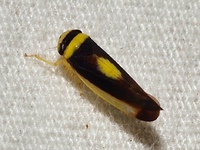 | Photo by: Merrill Lynch
Watauga Co.
Comment: Came to uv light sheet on my porch |
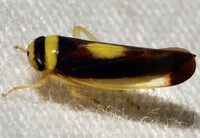 | Photo by: Merrill Lynch
Watauga Co.
Comment: Came to uv light sheet on my porch |  | Photo by: Merrill Lynch
Watauga Co.
Comment: Came to uv light sheet on my porch |
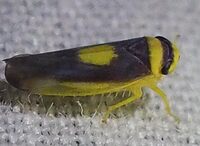 | Photo by: R Emmitt
Orange Co.
Comment: likes the bottom of the moth sheet. State record | 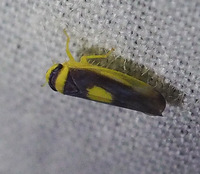 | Photo by: R Emmitt
Orange Co.
Comment: likes the bottom of the moth sheet. |
 | Photo by: R Emmitt
Orange Co.
Comment: | 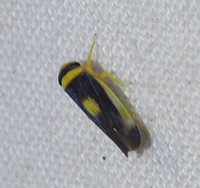 | Photo by: Randy L Emmitt
Orange Co.
Comment: uv light |
|

 »
»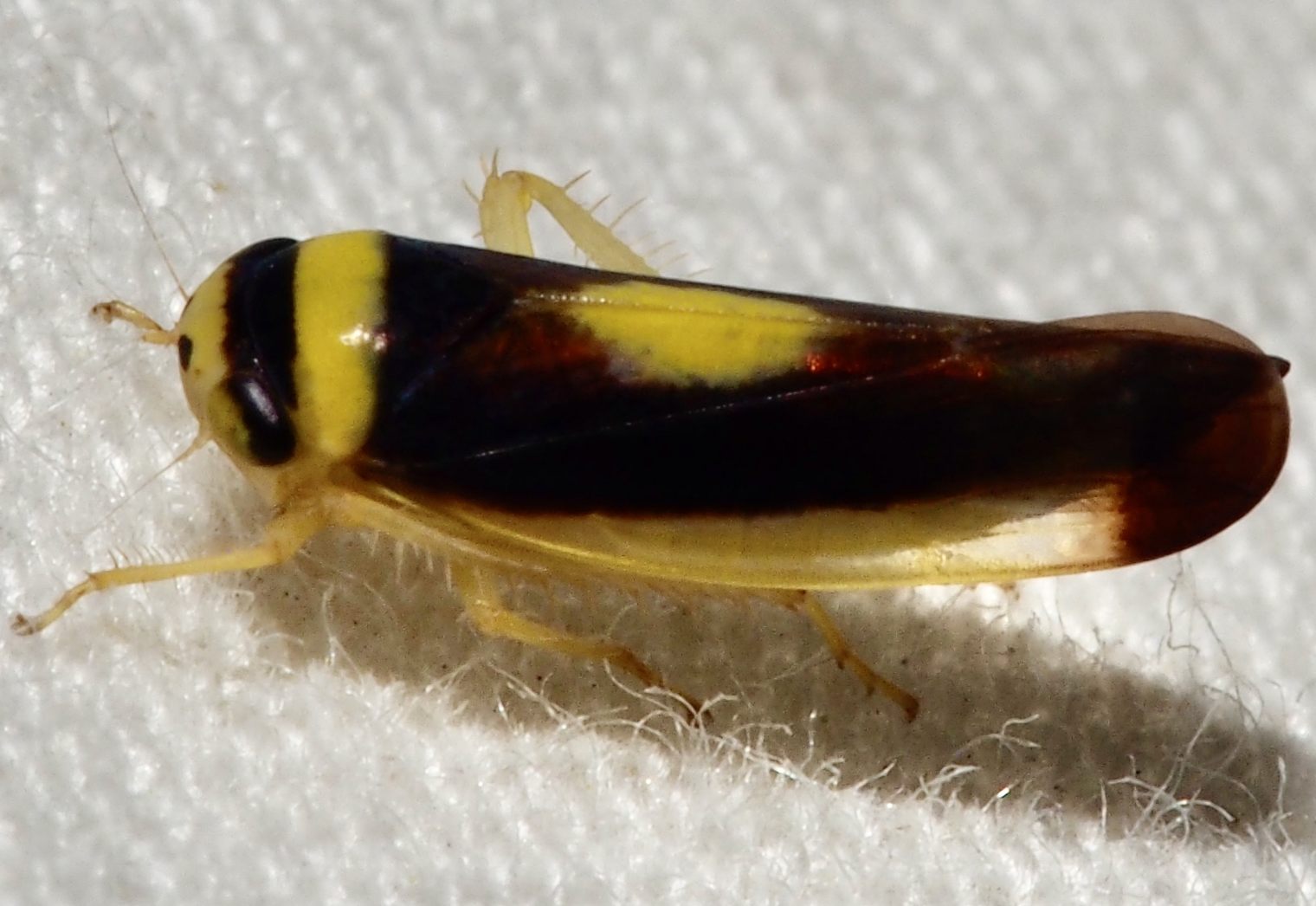
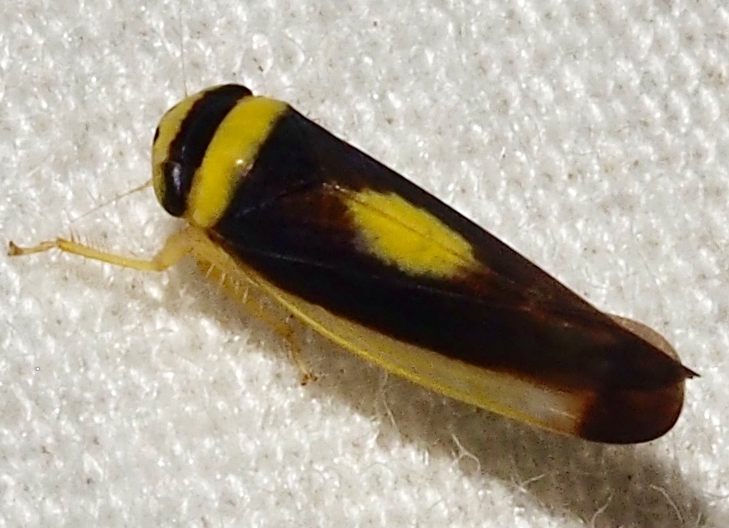


 »
»

